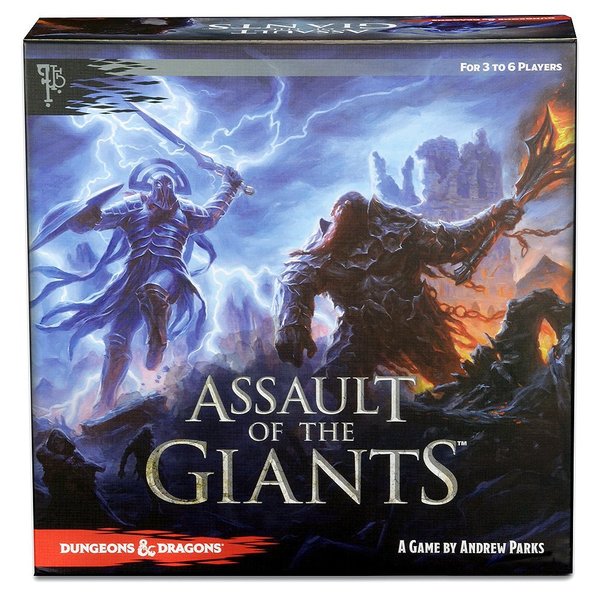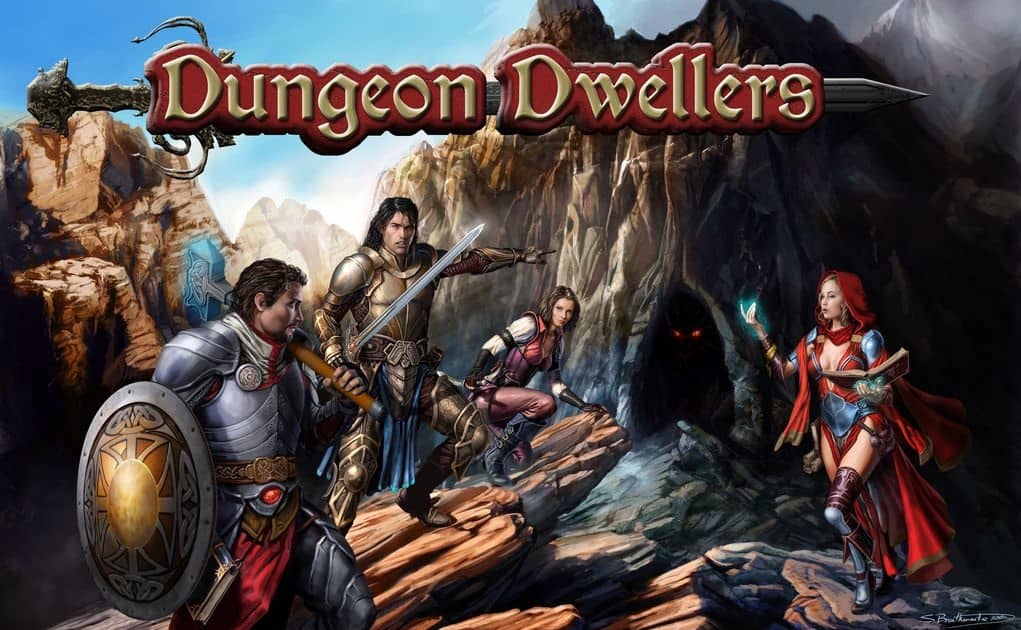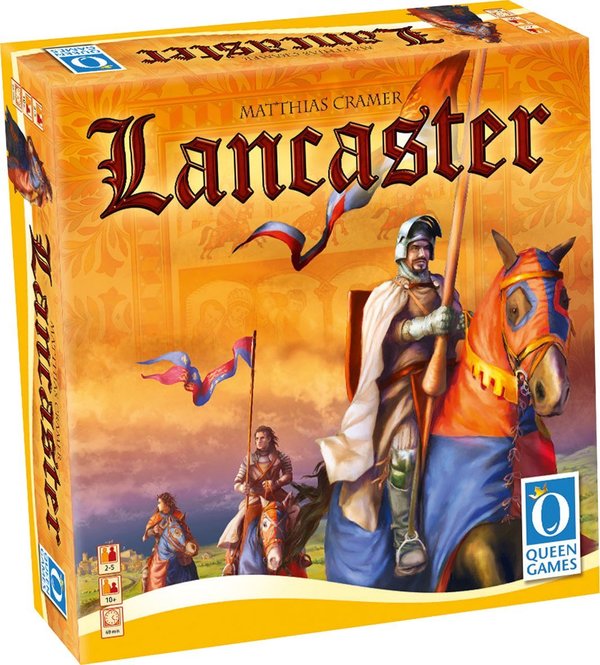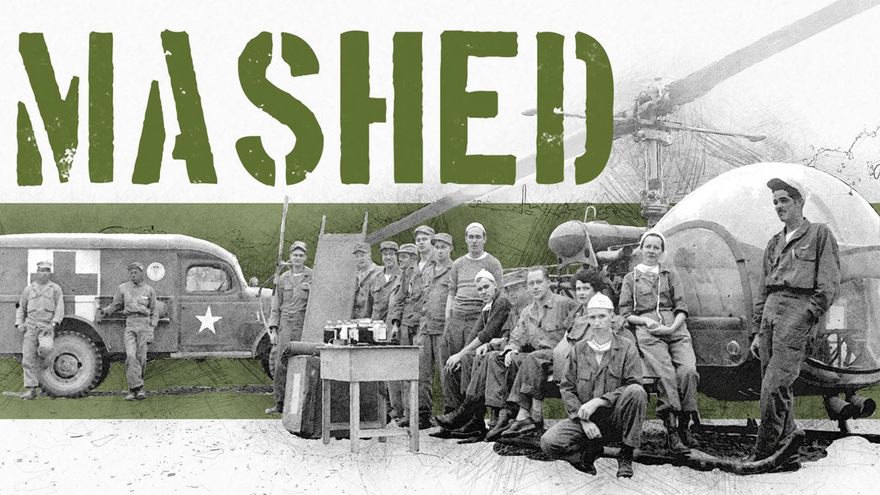Decide the Fate of the World With Tiny Plastic Ships: Axis & Allies by Avalon Hill
When I was in grad school at the University of Illinois in the early 90s we used to play games in the lobby of Daniels Hall. I played things like Star Trek: The Adventure Game from West End Games, and card games like Hearts. But the hardcore gamers in the corner would push a bunch of tables together and cluster around a massive game board, playing Axis & Allies.
I admit to an enduring fascination with Axis & Allies. It reminded me of the obsessive games I used to play with my gaming group back home in Ottawa, like SPI’s War of the Ring and 4000 A.D. The board was huge, there were hundreds of playing pieces, and every game seemed a constant back-and-forth of razor-thin victories, crushing setbacks, unexpected reversals, and hard-won strategic triumphs. I never had the time (or the courage) to commit to a weekend-long session of Axis & Allies though, and when I graduated I lost my chance. I lost contact with a permanent gaming group… and without that incentive, I never shelled out the (considerable) cash for a copy of the game.
Turns out that was a mistake. The gaming fiends in central Illinois weren’t the only people who loved to simulate the epic struggle of World War II, apparently. Milton Bradley’s Axis & Allies, an expensive game in a niche market, eventually went out of print, but not before enjoying a lengthy and historic run. Over the years the game acquired an almost mythic reputation among strategy gamers, and the few complete copies in circulation quickly became collectors items — and very hard to obtain. I eventually set out to acquire a copy for my collection, and for over a decade I’ve failed.
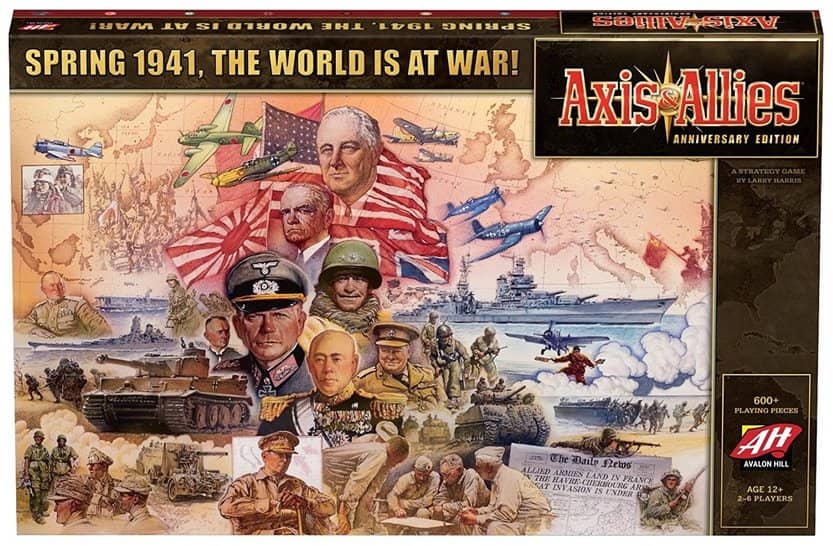
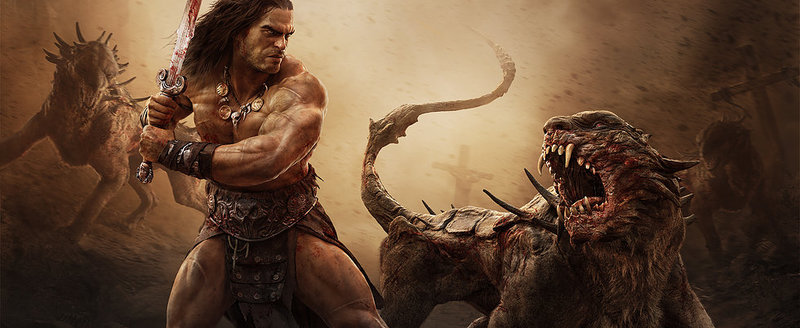

 Between lotteries and televised poker tournaments, horse racing and casinos, games of chance play a large part on the world’s stage. It should come as no surprise that they play an equality large part in fiction, and perhaps in genre fiction in particular. As writers, aren’t we always looking for something for our characters to do while they’re talking to each other? Preferably something that also reveals character, and is interesting in itself?
Between lotteries and televised poker tournaments, horse racing and casinos, games of chance play a large part on the world’s stage. It should come as no surprise that they play an equality large part in fiction, and perhaps in genre fiction in particular. As writers, aren’t we always looking for something for our characters to do while they’re talking to each other? Preferably something that also reveals character, and is interesting in itself?